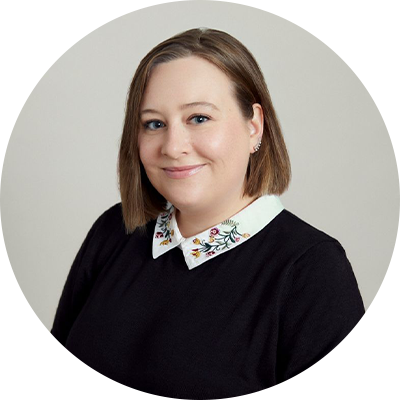What you need to understand about Canadian tax law
Before you can decide which payment structure makes the most sense for you as the leader of a business, you’ll need to understand a few important — and unique — points about Canada’s tax laws.
The country’s regulations are designed to try to level the playing field for all taxpayers, a principle known as tax integration. Although the country has different tax structures for income earned through a salary versus income received as a dividend, the tax system integrates those structures to ensure you pay about the same amount in taxes with either income method.
In 2017, the government introduced regulations on income splitting to prevent business owners from avoiding higher tax rates by sprinkling income through dividends to family members. Those relatives must pass a “reasonableness” test that stipulates that their salaries should be justifiable based on their contributions to the business.
Like tax integration, the goal of the tax on splitting income rules, also called TOSI, is to ensure everyone is paying a fair share.
A better online investing experience
Easy to use and powerful, Qtrade's online trading platform puts you in full control with tools and resources that help you make well-informed decisions.
Invest NowConsider retirement plan contributions
One of the first questions Weissman asks a client who is trying to decide between the two compensation structures is whether the person has another income source.
Only those who draw a salary are eligible for contributions to the Canada Pension Plan or for a Registered Retirement Savings Plan. For some, qualifying for CPP and RRSP won’t be a crucial factor.
“I have some clients who are high net worth and say, ‘You know what, I am not concerned with this,’” says Weissman. “And then there are other people that say, ‘You know, I might not have a lot of wealth, or might not have enough liquidity in retirement. Because of that, I want to take advantage of RRSPs.’”
Some business owners take a combination of salary and dividends to ensure they can max out their pension contributions, but Weissman says that’s not common.
Instead, business owners are more likely to go back and forth between the two structures depending on what is right for them and their company. While the ultimate goal generally is to keep a healthy cash flow, business owners don’t have to use the same strategy every year to accomplish it, says Weissman.
It’s a professional and personal decision
Another important factor to consider is how comfortable a business owner is with managing paperwork and additional payments.
When you receive your income through dividends, that money is taxed at the corporate rate, but you'll still owe some personal taxes per Canada’s tax integration rules.
When you draw a salary, those taxes are withheld in your paycheques. But with dividends, the government doesn’t get its share until you file a tax return. And so the following year, if you continue opting for dividends, you’ll have to pay what you owe in installments.
And it’s not just your tax liability that will play a role in the decision. Salaries are a tax-deductible expense, meaning that paying your own salary through the business may keep the company’s taxable income in a lower tax bracket.
Most owners take money out of the business when they need it in the form of an advance and decide with their accountant or financial professional near the end of the year how they want to declare it. Though he recommends earlier conversations about broad strategies for your income.
“You don't have to agonize over this issue every time you take money out,” says Weissman. “You don't have to decide what it is until you sit down and have the benefit of help.”
Your compensation structure year to year should support your personal and professional goals.
“What do you think you're going to need next year? Do you have any big purchases coming up in the next couple of years?” he says. “It's looking at that whole continuum and then figuring out what's best.”
Sponsored
Trade Smarter, Today
With CIBC Investor's Edge, kick-start your portfolio with 100 free trades and up to $4,500 cash back.






